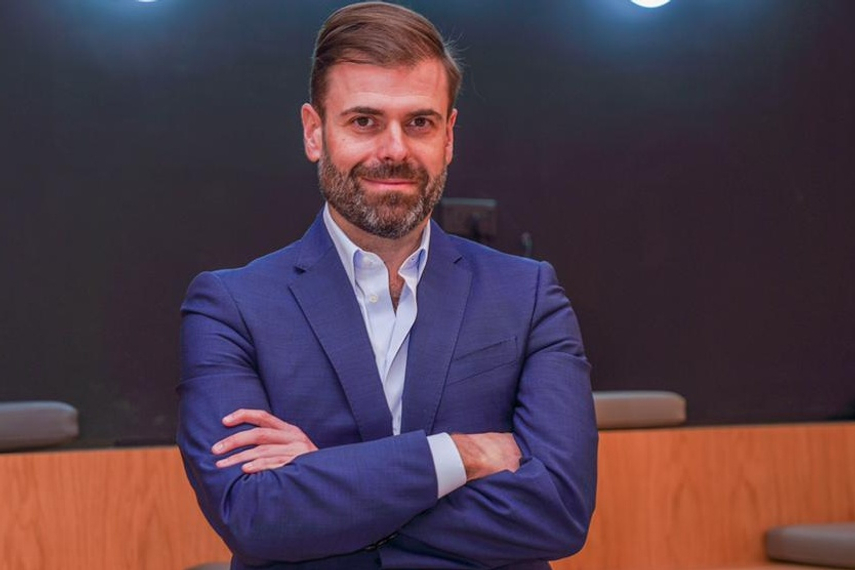
Please sign in or register
Existing users sign in here
Having trouble signing in?
Contact Customer Support at
[email protected]
or call+852 3175 1913
Incoming boss Alberto Canteli, based in Dubai, vows to ‘be a coach and not a striker’, relying heavily on teams on the ground and plenty of travel going forward.

Contact Customer Support at
[email protected]
or call+852 3175 1913
Top news, insights and analysis every weekday
Sign up for Campaign Bulletins
AIA Group CMO Stuart Spencer discusses how the insurer is changing perceptions about what it means to be healthy, and about its own industry in the process.
The Aussie studio's creative directors Cass Jam and Mark Carbone reveal their top campaigns that combine wit, practicality, and cinematic flair ahead of Cannes Lions 2025.
In this sequel to his analysis of gen AI's impact on agency business models, marketing consultant Andreas Moelmann suggests agency profitability lies in creative consulting.
The Asia-Pacific CEO of Publicis Groupe is still bullish on China, unfazed by scaled rivals and sees a new future for creative through media.